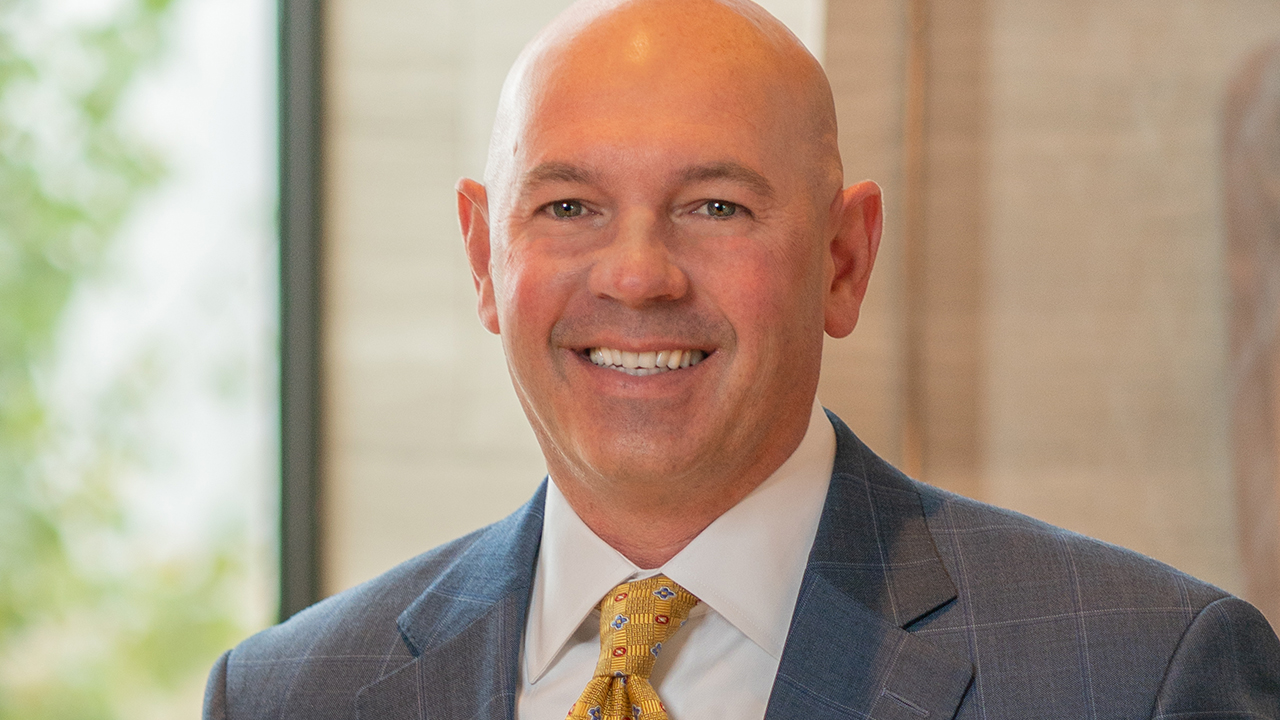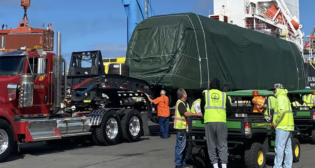
CEO PERSPECTIVE: Investing in the Future of Rail. Investing in Lexington, N.C.
Written by Marc Buncher, President and CEO, Siemens Mobility North America
Marc Buncher, President and CEO, Siemens Mobility North America
As part of a special series in Railway Age’s April 2023 issue, 13 chief executives of leading North American companies answer the single-most critical question: What is the biggest challenge facing the North American rail industry? Marc Buncher of Siemens Mobility is the twelfth to share his perspective.
Growth. It happens every day, all around us, in every aspect. Our nation’s rail routes grow to meet passenger and freight operator needs, ridership grows to create community connection and businesses grow to meet consumer demand. That’s no different for our team at Siemens Mobility. With intercity travel continuing to surge, infrastructure investment becoming a priority and public transit rebounding in the post-pandemic world, we’re growing to better serve our customers and communities across the country.
Expanding to Lexington, N.C., will grow our North American footprint with a $220 million investment in a manufacturing and rail services facility on the East Coast. This new facility will sit on a 200-acre site, creating more than 500 new jobs and will begin production of passenger cars in 2024.
Our new East Coast hometown, Lexington, is known for its NASCAR history, award-winning wines, and of course its world-famous barbecue. But what really makes Lexington special is its people. With its extensive history in manufacturing and its small-town atmosphere, Lexington is home to many hardworking, dedicated and skilled workers whose purpose to create a better tomorrow aligns directly with ours—and I look forward to bringing the rail manufacturing industry to this great city.
What I’m calling our “Factory of the Future,” this passenger coach manufacturing facility and service hub will feature first-of-its-kind locomotive and passenger coach overhauls and will build on some of the latest technologies found around the world. The new Lexington plant will include robotic welding, 3D printing and Virtual Reality weld training, as well as software tools to enhance our manufacturing. This facility will also be carbon neutral, enhancing our commitment to sustainability in both our own operations and in the products we produce.
In addition to implementing the latest manufacturing technologies in Lexington, we’ll also be introducing workforce development programs we’ve seen have great success in Sacramento. Building a local pipeline of manufacturing workforce, we plan to implement education and training systems with local trade schools and colleges in addition to our own weld training program. We also aim to make starting a career with us accessible to many individuals by offering internships and entry programs so that our future Lexington team sees us not just as a job, but the start of a career. We expect to begin recruiting and training in the summer of 2024.
Grateful for the success we’ve seen here in North America, I recognize our achievements would not be possible without our impressive workforce across the country. That is more than 4,000 hard-working employees in our eight manufacturing facilities across the United States and Canada working to transform the future of rail in America, and they are the backbone of our business. The process to build a new facility cannot be done overnight, nor can it be done without the expertise that lives within Sacramento and across our other sites.
What began as a small vehicle assembly facility in Pittsburgh in 1983 and later expanded into a full-scale rolling stock manufacturing facility in Sacramento, our legacy of American manufacturing and investing in local communities has spanned more than four decades. We have been transforming the way Americans travel since the 1980s, and this investment in American rail allows us to continue adding to our more-than 2,000 U.S.-based suppliers and 3,000 vehicles, and our ever-growing workforce.
Our nation is projected to grow in population by another 100 million in the next 40 years, and the rail industry must grow with it to keep up with demand. Now is the moment in time for rail in America—a growing nation, a growing industry, and one company growing to better transform rail in America.
Read more of Railway Age’s special CEO Perspectives series:
Jack Hellmann, Genesee & Wyoming
Patty Long, Railway Supply Institute
Ian Jefferies, Association of American Railroads
Peter Gilbertson, Anacostia Rail Holdings



